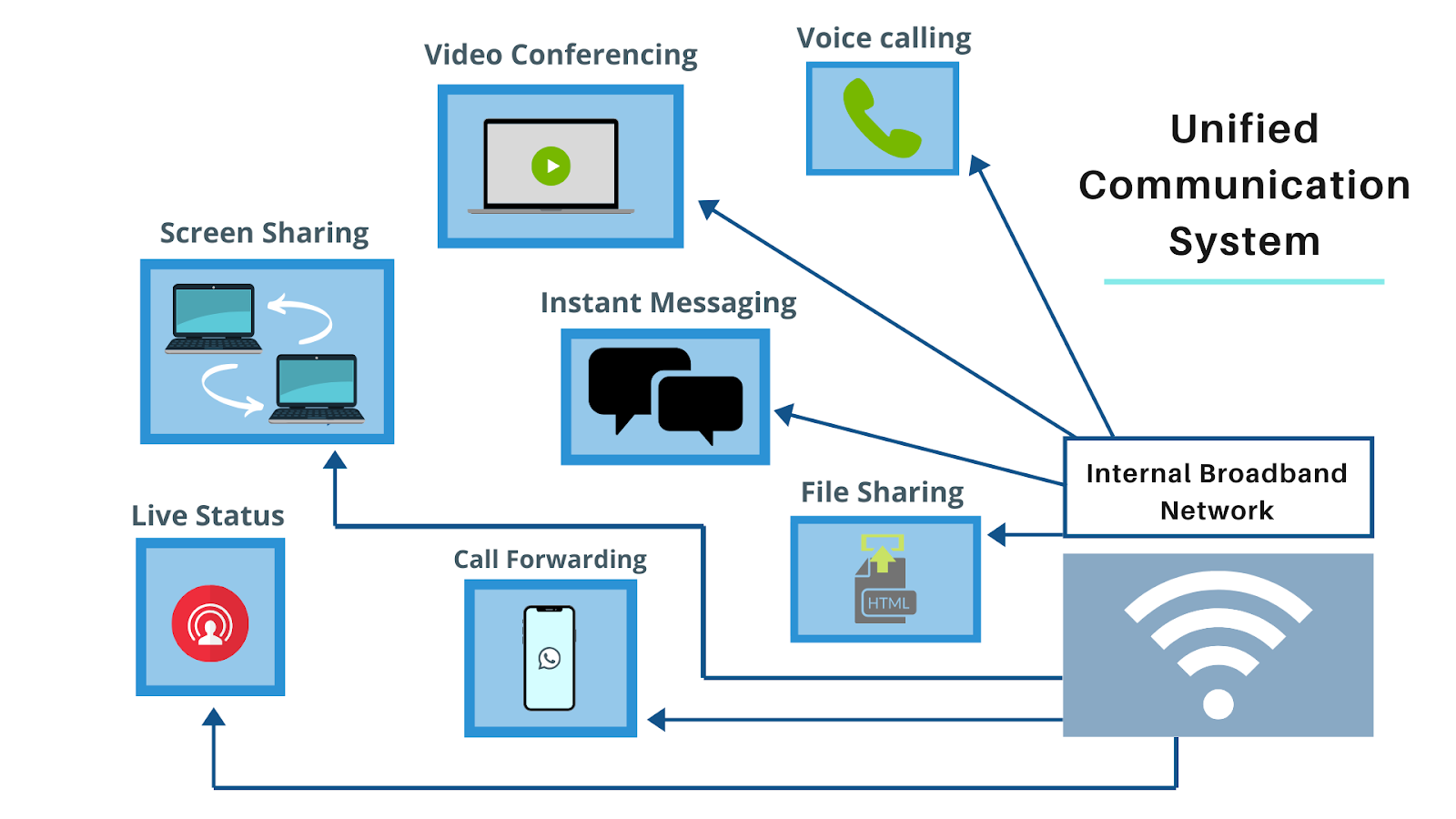The Role of Unified Communications in Modern Conference Systems
In the rapidly evolving landscape of digital communication, unified communications (UC) has become a cornerstone of modern conference systems. UC integrates various communication tools and technologies into a single, cohesive platform, enhancing collaboration and streamlining workflows. This blog post delves into the role of unified communications in modern conference systems, highlighting how UC integration boosts efficiency, productivity, and connectivity in today’s digital workspace.
What is Unified Communications?
Unified Communications (UC) refers to the integration of multiple communication channels—such as voice, video, messaging, and collaboration tools—into a single, unified platform. UC solutions aim to provide a seamless communication experience, enabling users to switch between different modes of communication without interruption.
Key Benefits of Unified Communications in Conference Systems
1. Enhanced Collaboration
Integrated Communication Channels

UC platforms combine various communication channels, including voice calls, video conferencing, instant messaging, and email, into one system. This integration allows participants to switch seamlessly between different modes of communication during a conference, enhancing collaboration and interaction.
Real-Time Collaboration Tools
Modern UC systems offer real-time collaboration features such as screen sharing, file sharing, and virtual whiteboards. These tools facilitate more effective meetings, brainstorming sessions, and decision-making processes, enabling teams to work together more efficiently.
2. Increased Productivity
Streamlined Workflow
UC systems streamline workflows by integrating communication tools with other business applications, such as project management and CRM systems. This integration reduces the need to switch between different applications, saving time and increasing productivity.
Unified Interface
A unified interface simplifies the user experience by consolidating communication tools into a single platform. Users can access all their communication needs—such as email, messaging, and video calls—from one interface, reducing complexity and improving efficiency.
3. Improved Accessibility and Flexibility
Remote and Mobile Access
UC systems provide remote and mobile access to communication tools, allowing users to participate in conferences and meetings from anywhere. This flexibility is especially valuable for remote workers, traveling employees, and teams spread across different locations.
Cross-Platform Compatibility
Modern UC solutions are designed to work across various devices and platforms, including desktops, laptops, tablets, and smartphones. This cross-platform compatibility ensures that all participants can connect and collaborate effectively, regardless of their device or location.
4. Enhanced Communication Quality
High-Quality Audio and Video
UC systems often include advanced audio and video technologies that improve the quality of communication during conferences. Features such as HD video, noise-cancellation, and echo reduction enhance the clarity and effectiveness of virtual meetings.
Integrated Support
Unified communications platforms often come with integrated support tools, such as chat support and helpdesk features, to address technical issues quickly and ensure smooth conference experiences.
5. Cost Efficiency
Reduced Communication Costs
By integrating multiple communication channels into a single system, UC solutions can reduce communication costs. Businesses can eliminate the need for separate voice, video, and messaging services, leading to cost savings and simplified billing.
Scalable Solutions
UC systems are typically scalable, allowing organizations to adjust their communication tools as needed. This scalability means businesses can expand or modify their communication infrastructure without incurring significant additional costs.
Implementing Unified Communications in Conference Systems
1. Assess Your Communication Needs
- Identify Requirements: Determine the specific communication needs of your organization, such as the types of conferences you conduct, the number of participants, and the required features.
- Evaluate Existing Systems: Review your current communication tools and identify any gaps or areas for improvement.
2. Choose a UC Platform
- Research Providers: Investigate UC platforms that offer the features and capabilities you need. Consider factors such as integration options, user interface, and support.
- Request Demos: Test different UC platforms to evaluate their performance and suitability for your organization’s needs.
3. Plan and Execute Deployment
- Develop a Deployment Plan: Create a detailed plan for implementing the UC system, including timelines, resources, and training requirements.
- Train Users: Provide training for employees to ensure they can effectively use the new UC system and its features.
4. Monitor and Optimize
- Track Usage: Monitor the usage and performance of the UC system to identify any issues or areas for improvement.
- Gather Feedback: Collect feedback from users to assess their satisfaction and address any concerns or challenges.
Conclusion
Unified Communications (UC) plays a crucial role in modern conference systems by integrating various communication tools into a single, cohesive platform. By enhancing collaboration, increasing productivity, and improving accessibility, UC systems provide significant benefits for today’s digital workspace. Implementing UC in your conference systems can streamline workflows, reduce costs, and ensure a more effective and efficient communication experience.



